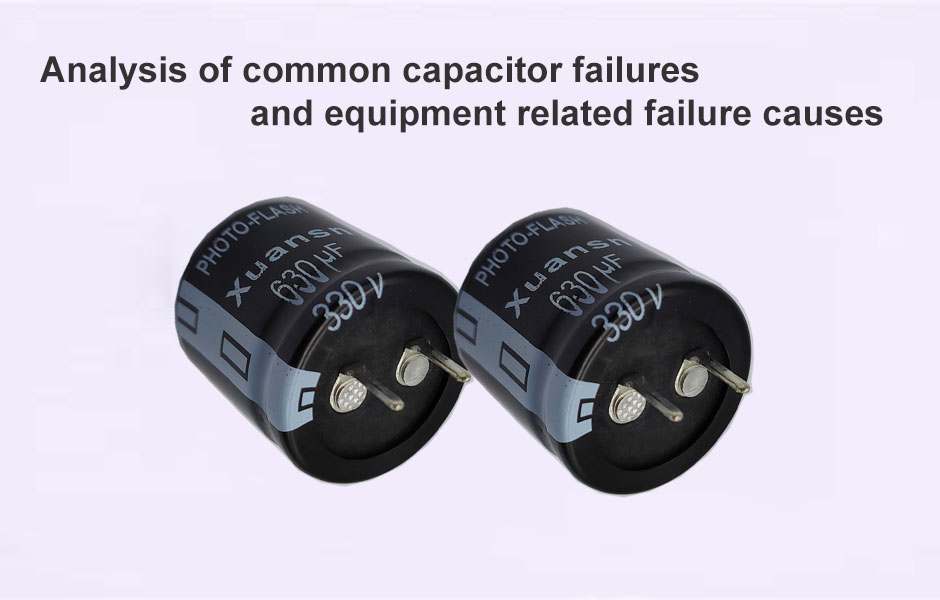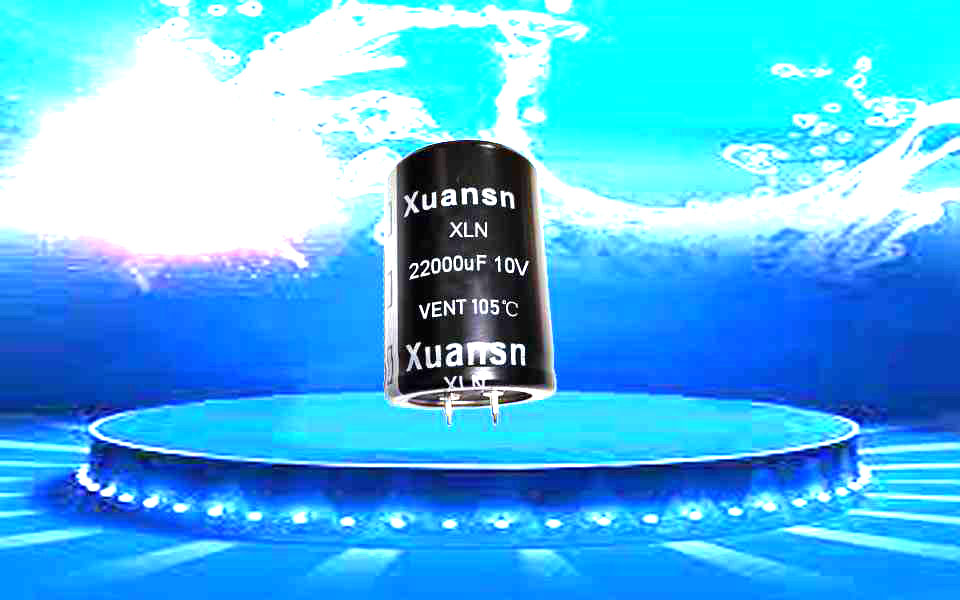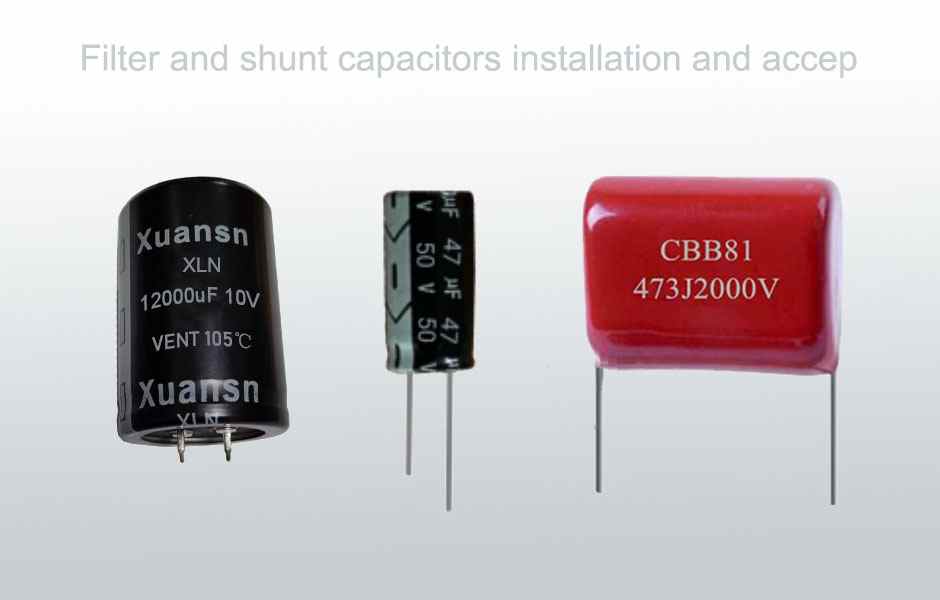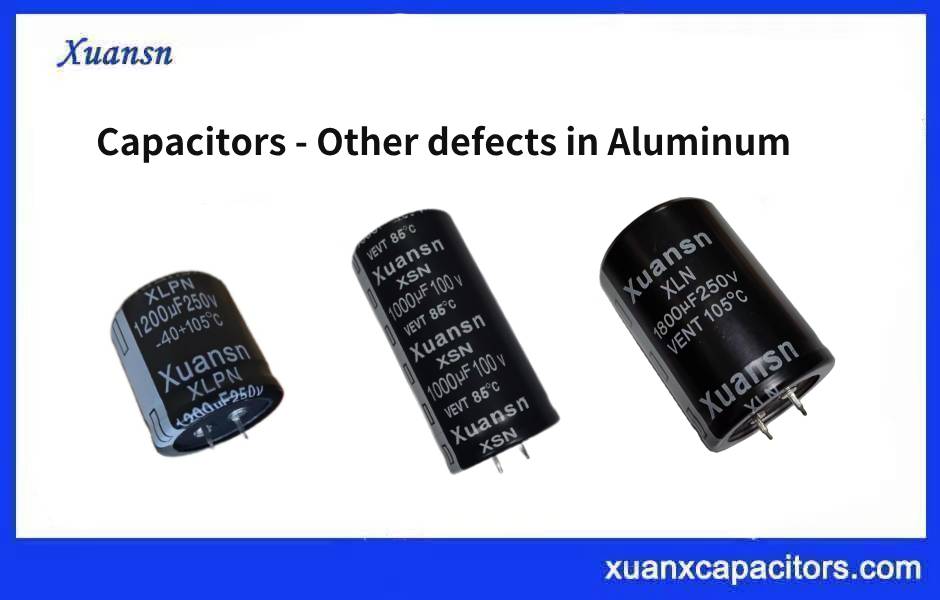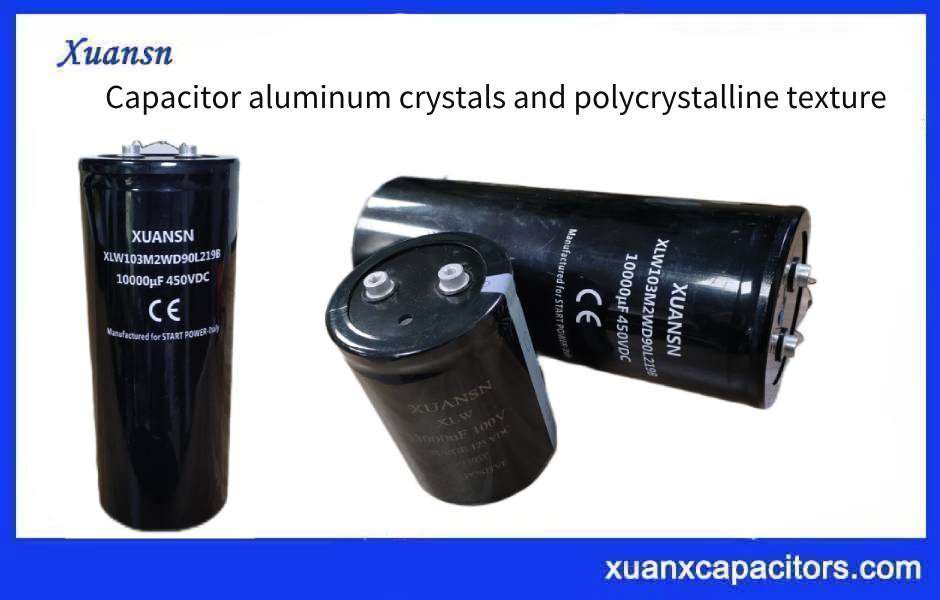Development of aluminum electrolytic capacitors: In terms of output, aluminum electrolytic capacitors occupy the second place among capacitors. This type of capacitor was originally a general DC capacitor, but now it has developed from DC to AC, from low temperature to high temperature, from low voltage to high voltage, from general type to special type, from general structure to chip, flat, book Structure. The upper limit capacity has been expanded to about 4F, the frequency of use has reached 30kHz, the operating temperature range has reached -55 ℃-125 ℃, and some even as high as 150 ℃, the rated voltage has reached 700V. In short, the development of aluminum electrolytic capacitors is getting wider and wider. The basis for these developments is as follows:
On the material
The aluminum foil used today is very elegant in composition and structure. High purity is no longer required, for example, for anode foils, the purity is required to be high enough. In order to improve the initial corrosion points, mechanical strength and the performance of the dielectric oxide film, the foil should contain certain impurities appropriately. Some alloy foils are used. In terms of structure, for low-pressure foils, cubic structures are not required to account for a large proportion, but for high-pressure foils, this structure is required to account for 80% to 90%. For cathode foil. In order to increase its specific volume, alloy aluminum foil with a certain amount of impurities in irregular grain orientation is required. The working electrolyte has three components. That is, solvents, solutes and additives, such as the electrolyte that has been used for a long time, its components are ethylene glycol, glycerin, boric acid and ammonia. Due to the development of aluminum electrolytic capacitors, this electrolyte has been far from meeting the requirements, so many new electrolytes have been produced to reduce the working temperature range of the capacitor (such as -55 ℃-125 ℃). The formulation principles of these new electrolytes are: ① Mix with two solvents. To achieve complementarity. ②Use two weak acids to provide the two anionic groups required. ③ Add alkali, such as organic amine, to adjust the pH and flash voltage of the electrolyte. Change its resistivity. ④ Additives to improve the characteristics of the electrolyte, such as phosphoric acid or its salts to prevent hydration of the aluminum oxide film, dinitrobenzene absorbing hydrogen, etc., and ethylene oxide to increase the flashover voltage of the electrolyte.
In craft
In addition to the realization of production mechanization and automation, the development of aluminum electrolytic capacitors in the process is mainly two processes of corrosion and energization. The corrosion coefficient of aluminum foil is not only very high (low-voltage capacitor foil has reached 100 and high-voltage capacitor has reached 25), but also according to the performance requirements of the capacitor, it can corrode aluminum foil with different pit shapes. The corrosion process is a dynamic balancing process of the type, concentration, temperature, composition of the original foil, structure, surface state, foil speed during corrosion and the type, waveform, frequency, voltage, etc. of the corrosion solution. The question is how to get the best dynamic balance and how to determine the best balance according to the requirements. Therefore, it cannot be said that the corrosion process has reached the optimal state.
The current energizing process can already produce high-quality dielectric oxide films, and can also produce different dielectric oxide films according to different requirements. For example, for DC capacitors, γ and γ ‘type crystalline aluminum oxide films are produced. For AC The capacitor is an amorphous film. The biggest progress of the energizing process is that it can convert the aluminum hydroxide film into a dielectric aluminum oxide film and form a waterproof layer on its surface. In addition, it can also eliminate defects and cracks in the dielectric film.
Structurally
The structure of aluminum electrolytic capacitors has been diversified, except for the above-mentioned liquid aluminum electrolytic capacitors. There are also solid aluminum electrolytic capacitors. There are two main types of structure, one is foil-wound, the other is aluminum powder sintered porous block, the solid electrolyte used is mainly MnO2.
The structure of aluminum electrolytic capacitors has been diversified, such as double anode structure, counter cathode structure, book structure, triangle structure, and chip structure. The appearance of chip aluminum electrolytic capacitors is another progress of aluminum electrolytic capacitors. Because without high specific volume aluminum foil, high temperature resistant electrolyte, excellent sealing structure and fine processing technology, it is difficult to produce satisfactory chip aluminum electrolytic capacitors, the chip rate is still relatively low Level.
